Historical Researches Into the Politics, Intercourse, and Trade of the Carthaginians, Ethiopians, and Egyptians
That they in a certain sense possess this character cannot be denied. A monument bears witness of a fact more clearly and certainly than could be done by the statement of a writer. This fact is, that the people who erected this monument, had attained to a certain degree of civilization, without which they could not have erected it. But this degree of civilization we do not learn from a description; it is set forth in the monument, placed as it were before our eyes. It is true the monument does not display the whole of their civilization; but, if it be of any magnitude, it relates much respecting it, as it exhibits not merely a Specimen of mechanical skill, but also of the taste, of the manner of life, of religion, etc. It supplies us with a certain rule by which to judge of the civilization of the nation that erected it. A single monument may do all this. But where a series of them exists they do much more. We observe in them the progress and decline of art among the people, as well as of every thing connected with it; they may there fore, to a certain extent, become authorities for the history of the civilization of a nation. To what extent? This depends upon their differ ence at different periods, upon their number and nature.
{{comment.content}}


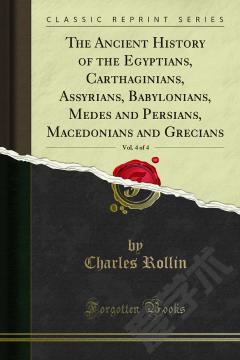
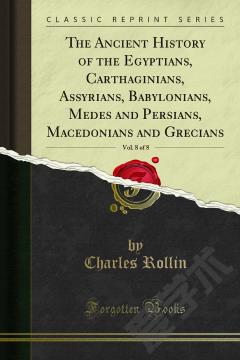
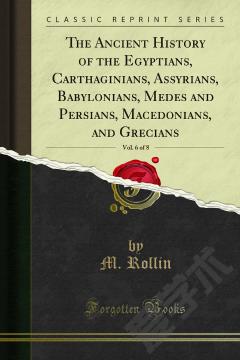
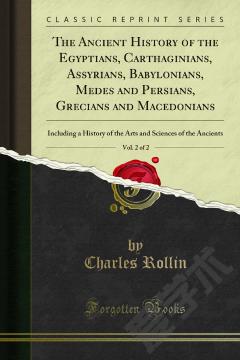
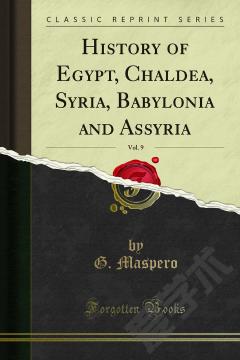

 京公网安备 11010802027623号
京公网安备 11010802027623号